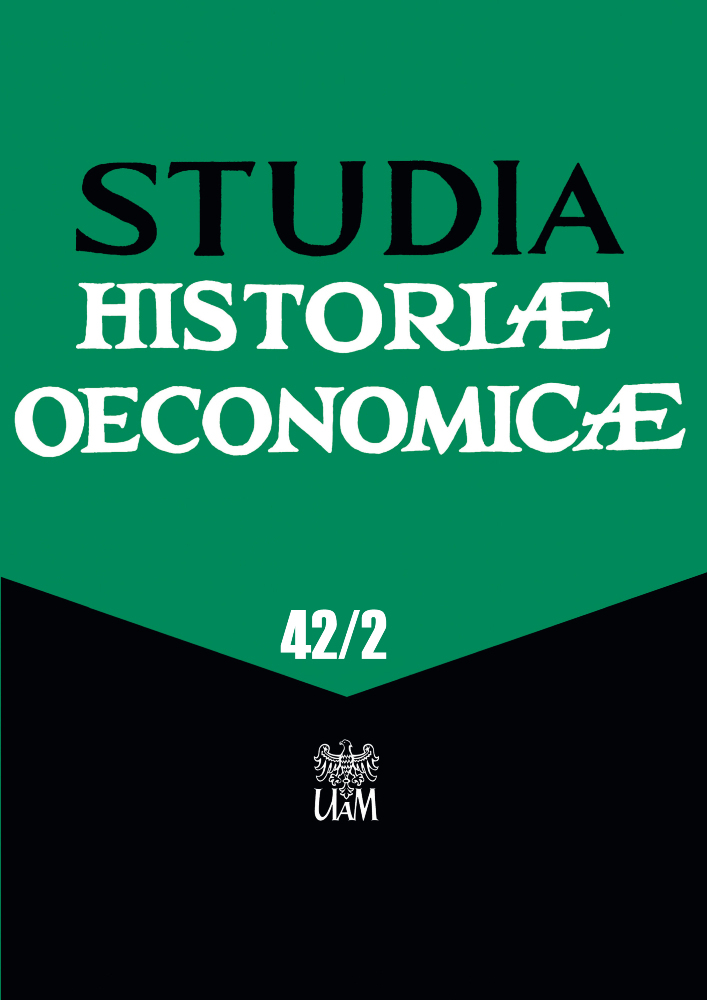Organization of Poor Minors Labor by Charity Societies in the Mid-Nineteenth Century. A Poznan Case
Organization of Poor Minors Labor by Charity Societies in the Mid-Nineteenth Century. A Poznan Case
Author(s): Agata Łysakowska-TrzossSubject(s): Economic history, Social history
Published by: Uniwersytet Adama Mickiewicza
Keywords: charity; child labor; Polish Ladies Charity Society; Poznań; 19th century;
Summary/Abstract: One of the means of help offered by the 19th century charity societies was findingemployment for the poorest. Among their beneficiaries were also children, whose workwas a substantial contribution to the finances of their families. The age limit in this casewas 14 – above that age children from the poor families were sent to work (girls most of-ten to service, and boys – to apprenticeship). Attempts were made to send them to rec-ommended houses or craftsmen. One of the organizations which helped children to findemployment was the Polish Ladies Charity Society in Poznan founded in 1845, whose ac-tivists conducted detailed interviews of families requesting help. The goal of the text is toanalyze the situation of the poor minors who worked in Poznan. The source base for thefollowing research were two Card Indexes: the alphabetic Card Index of proteges of thePolish Ladies Charity Society with Celestyna Działyńska’s hand notes regarding grants,and the Card Index of proteges of the TddP, which was organized by districts and ledby women reporting to Działyńska, auxiliary reports and private notes of the founder ofthe Society, Celestyna Działyńska, were included. In the following qualitative and quan-titative methods were used, combined with the case study approach. The members of thePoznań Charitable Societies, which functioned in the Middle of 19th century, not only or-ganized workplaces for the minor, but also took care of their education and wellbeing.They paid special attention to the role of a child in their family and checked the circum-stances when a child, if of an appropriate age for employment, didn’t go to work. In thelarge families, when the oldest children established their own households, the youngerchildren could still work and contribute to the family’s finances.
Journal: Studia Historiae Oeconomicae
- Issue Year: 42/2024
- Issue No: 2
- Page Range: 53-74
- Page Count: 22
- Language: English

